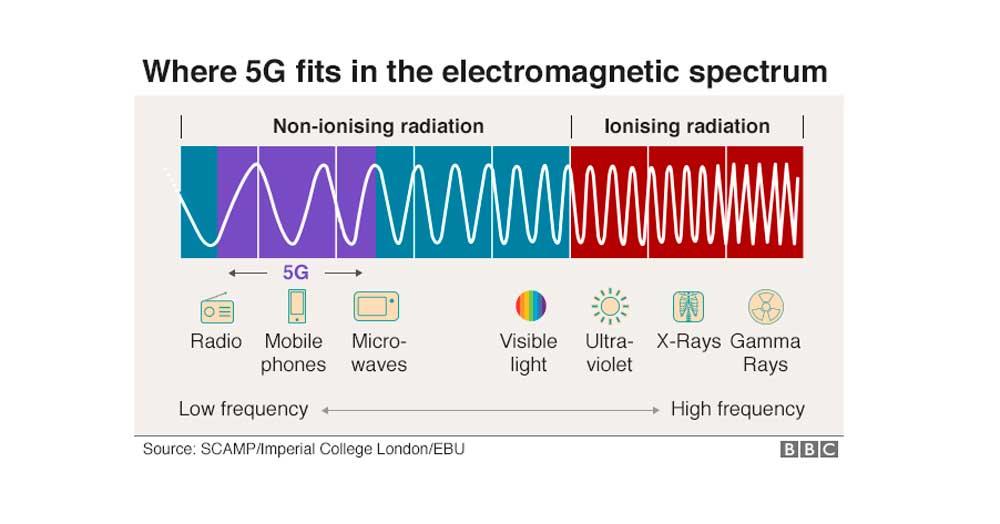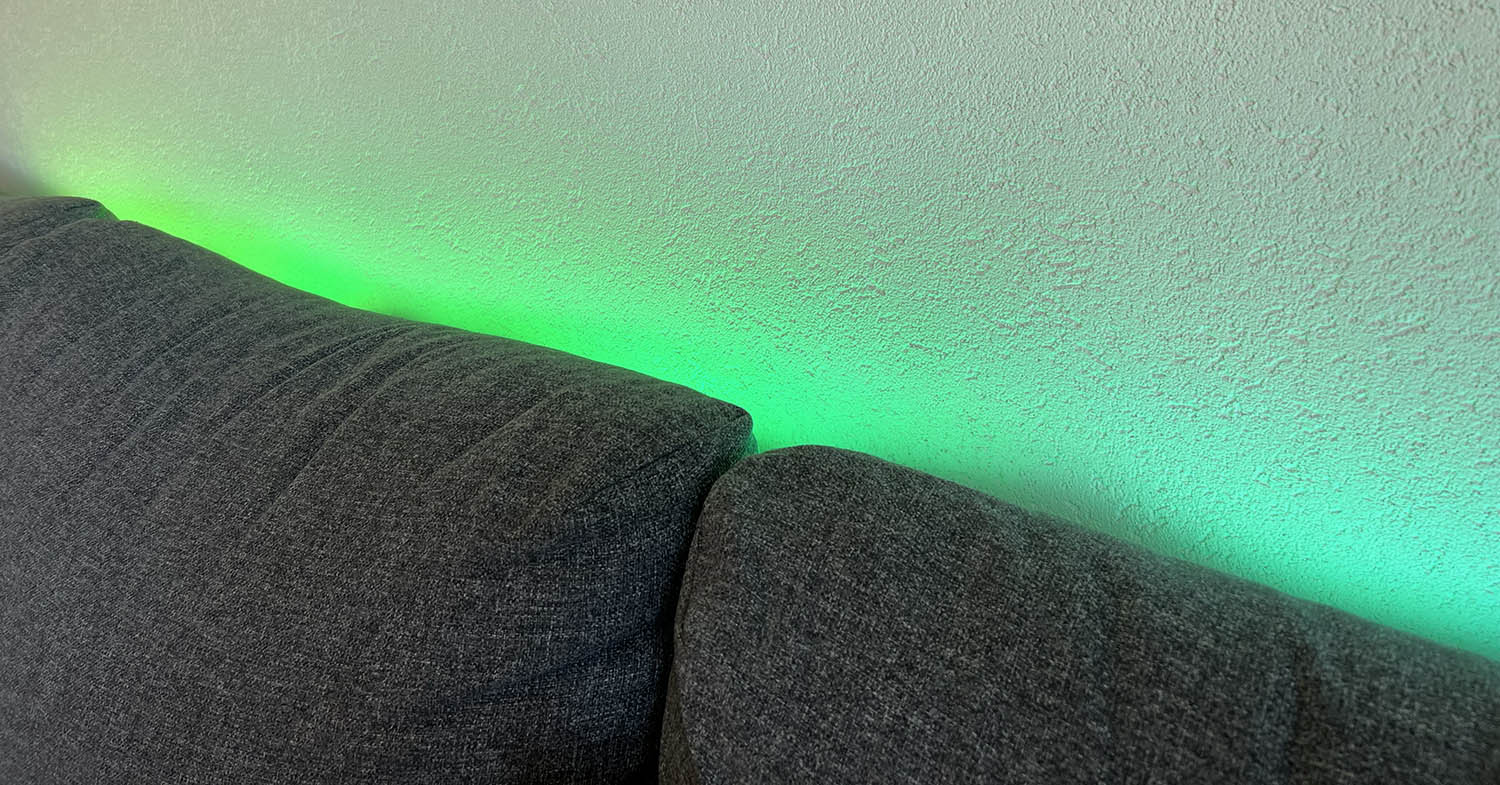The 5G or fifth generation mobile network has been part of our daily lives for years and progressing to reach all parts of the country offering us low latency, more speed, better coverage. There are many advantages but not everyone is happy… Is 5G bad for your health? In the next few paragraphs we will see what public health experts say.
Surely in recent months and years you have seen all kinds of statements, myths or deniers who protest against 5G due to the great danger it poses to our health, due to the significant risks and is even to blame for the coronavirus and many other theories. conspiratorial. There is a collection of signatures and platforms against 5G that seek to ban it. They are right? Experts, studies and professional organizations dedicated to radiation deny all this: there is no risk, there is no danger. But let’s go in parts.
How 5G works
Both 5G and the WiFi networks that we use daily and do not pose any risk. They are non-ionizing waves, radio frequency waves like radio towers, microwave ovens, power lines. 5G waves, like WiFi, are non-ionizing waves. And what does this mean? the radiation that can be considered dangerous is that which is capable of carrying out the ionization process or, what is the same, a phenomenon in which electrons are extracted from the surrounding atoms. We are continuously exposed to radiation from the sun, for example, but not only that, but getting close to someone or being touched by someone is already a higher source of radiation than the one that influences you due to exposure to 5G. A person can generate much more radiation than a network or 5g. And there are many other waves or non-ionizing radiation that do not pose a health risk: that of mobile phones, power lines, radio towers.

In the case of 5G, the transmission power of the antenna is much higher compared to previous versions. For example, 20W would be needed for a 4G or 3G technology network, but a 5G antenna has a transmission power of 120W. Does that imply that it is a risk? No, the potencies are higher but the health risks are still nil, as many studies have shown, as the World Health Organization continually emphasizes and as we explain below. So much so that, using the example of the antenna, a bulb would have a consumption of 60W. The bulb is two or three meters from you in your house compared to the great distance that separates you from the antenna. What does this mean? That the impact of the light bulb on your body is more than a million times greater than the impact of 5G on your body.
what the studies say
Does 5G or electromagnetic fields pose a health risk? Yes, but with an exposure thousands of times higher than what we “suffer” today. They could pose a risk multiplying by thousands the levels of exposure received, but that is why they are regulated and controlled. At current levels, it is totally innocuous and this has been reported by numerous studies and publications… From the WHO, from CCARS…
In a publication of the year 2014, the World Health Organization gave explanations about the effects of mobile phones in our lives, in our health in the publication: “Electromagnetic fields and public health: mobile phones”. In this study or publication, the WHO indicates the following: “Several studies have investigated the effects of radiofrequency fields on brain electrical activity, cognitive function, sleep, heart rate, and blood pressure in volunteers. To date, these studies appear to indicate that there is no conclusive evidence that exposure to radiofrequency fields below levels that cause tissue heating have detrimental health effects. In addition, neither has it been possible to prove that there is a causal relationship between exposure to electromagnetic fields and certain symptoms reported by the patients themselves, a phenomenon known as “electromagnetic hypersensitivity”.
Also in the year 2020, a published document insisted that there are no scientific studies that demonstrate the relationship between 5G and the effects on health. As the journalists and experts Alberto Nájera and Juan Carlos López explain on the BBC, tissue heating is the main mechanism between radiofrequency electromagnetic fields in the human body and this possible effect, the experts explain, is insignificant.

The Scientific Advisory Committee on Radio Frequencies and Health (CCARS) already explained it in 2020 with the publication of “5G and health”, a document of more than twenty pages that answers the main doubts and concerns that we may have about this type of technology and in which the following is concluded: “Can we rest easy? Yes, based on the available scientific evidence. It is to be expected that the foreseeable exposure levels will not change significantly and, in any case, they will not be able to exceed the maximum permitted limits that guarantee public health regarding electromagnetic emissions”. In addition, they add: “CCARS will continue to monitor the results of the studies that are being published on the real levels of exposure of the population both in relation to the 5G networks that are operational throughout the national territory and the use of devices that use that technology. At the same time, CCARS assumes the responsibility of informing and communicating to society and interested parties the most relevant information on the health effects of 5G technology.”
After analyzing all the scientific evidence from epidemiological cohort and case-control studies on radio frequencies in health, the CCARS experts concluded that there is no risk taking into account the usual levels of exposure of the population. To do this, they have also used the bibliography and have reviewed all the possible studies between the relationship between the use of the smartphone and brain tumors, for example, concluding that there is no relationship between the two and that the telephone does not increase the probability of suffering from them. Neither at the brain level nor in the development of tumors in the central nervous system. In addition, they explain, there is no evidence of electromagnetic hypersensitivity.
The same is true of the aforementioned ICNIRP, the largest association of radiation experts in the world. In a publication in 2020 they explained that it was totally safe. According to The Guardian in March of that year, the senior director of ICNIRP, Jack Rowley, explained that of the 90% of the time that we use a phone with 5G, only 1% receive the maximum radiation allowed. In addition, they explain, when they work at maximum power (something that does not always happen) and when we get it closer to the body (at the time of the calls) we only receive 50% of the maximum radiation allowed.
Does 5G give cancer? According to the classification of the highest specialists in the International Agency for Research against Cancer, 5G is considered to have a 2B classification. Does this mean that it can give us cancer? No. Group 2 are “possible carcinogens” divided into A or B according to high probability or low probability. In the case of 5G, it is located exactly in the second: with low probability. The World Health Organization classifies radiofrequency electromagnetic fields as category 2B carcinogens or, what is the same, with very low risk. Like WiFi, 5G has this low risk in the category carried out by the WHO, so it should not worry us.













